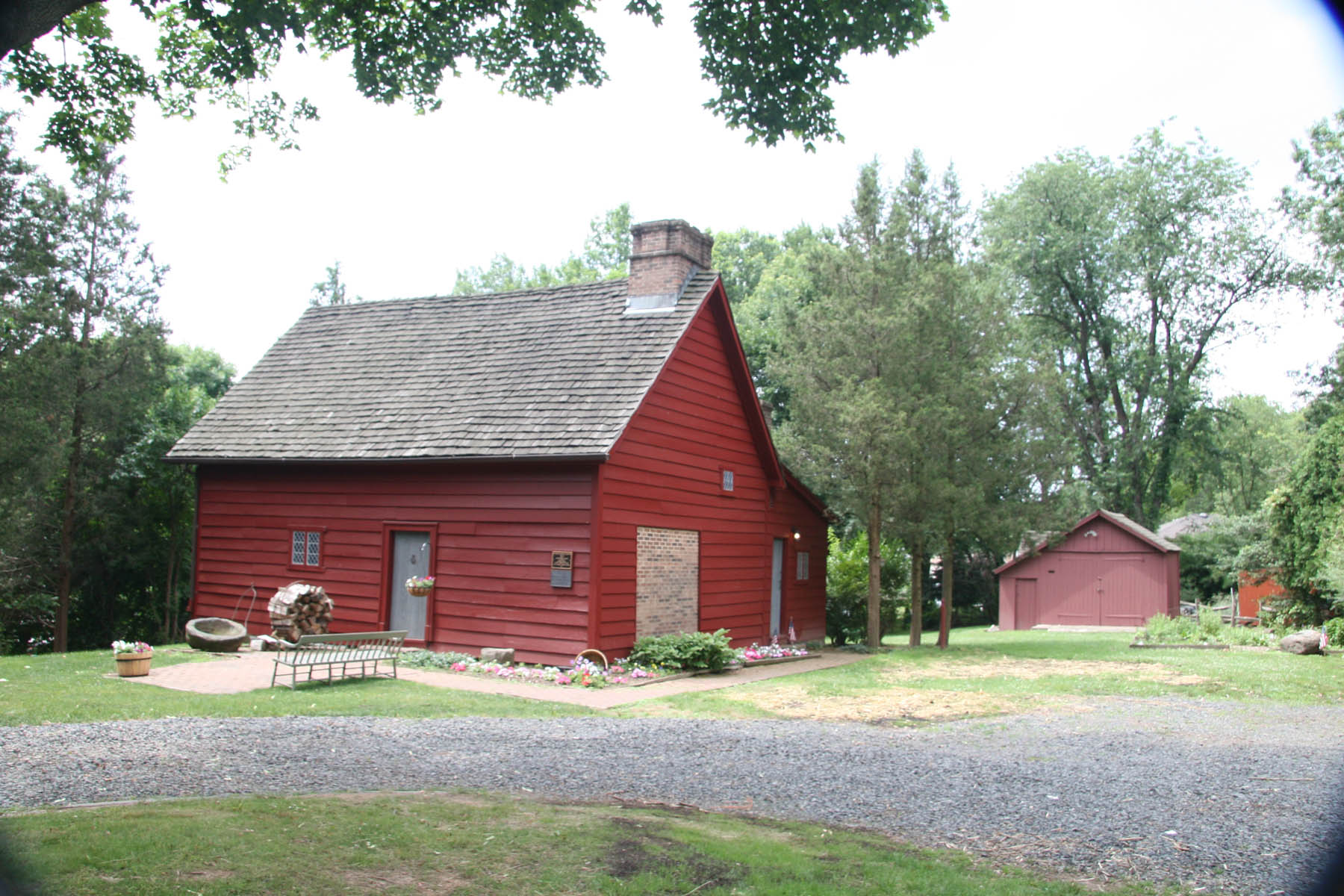|
Dr.
Wm.
Robinson Plantation Museum
Circa 1690 |
|
| | HOME | | HISTORY | | EVENTS | | HERB GARDEN | | NEWSLETTER | | HISTORICAL SOCIETY | | LINKS | | KIDS | | CONTACT | | |
Families that occupied the Dr. Robinson
house:
1686-1693 Dr. Wm. Robinson 1693-Early
1700ís
His son, Wm. Robinson
1771-1860
DeCamp Family
1860-1904
Lewis Smith
1904-1944 Edgar Smith 1944-1965 Nelson and Edward Lawrence 1965-1973 Schacter Real Estate 1973-present The This house was built in 1690 by Dr. William Robinson, a physician and surgeon that emigrated here from Scotland. In June of 1684 he first visited New East Jersey and then returned to Scotland to bring his family and others back with him. In early 1686 he returned with his wife and three children along with the other families he had signed up. The trip took six to eight weeks of sailing. In 1686 Dr. Robinson bought about 50 acres of land along the Rahway River and later that year he bought another 700 acres adjacent to this property. In 1693, at the time of his death an inventory was conducted of his possessions and can be read at the house today. The property is now only 100' x 400' and is one of the few examples of 17th century architecture remaining in the United States. The house is registered as a historic site by the State and Federal Governments. This house is one of the few examples of 17th century architecture remaining in the United States. One outside feature is the 17" overhang at the east end of the roof which is different from the west end. This is called a Garrison Overhang and is one of the features of houses of this period. It protected a person in the window from missiles. Our
costumes
are of a style that would have been worn in the early
1700s.
Travel was mostly by horseback or a horse drawn wagon.
The fireplace is a replica of the original using bricks which were found on the premises during restoration. The mantel is made from a beam from a barn in Flemington. Family life revolved around the fireplace. It was the only source of heat and its fire was the sole means for cooking and baking. It is wide enough to accommodate several cooking areas. The
beehive
oven was used chiefly for baking bread. It is
completely lined
with bricks. A fire is built in the oven and
maintained until the
proper temperature is reached. The coals are then
removed and the oven
is ready for use. A peel (sometimes called a
salamander) was used to
place and remove food from the beehive oven. Notice the construction of the walls. These are handmade, sun baked bricks, held together with mud mortar. Every ninth course of brick, a piece of board was nailed to the studs to stabilize the wall. This is called "nogging" and is a form of insulation. It keeps the house cool in the summer and tends to keep it warmer in winter. It is also a fire deterrent. The studs are squared off saplings which are mortised into the sill and plate. Plaster was made from ground clamshells and was applied right over the brick nogging, thereby eliminating lathe. Notice
also
the huge beam with its fitted notches. This known as a
girt. The
floors in this room, the bed chamber and the second
floor are original
to the house. On the second floor, you will notice how the rafters are held together with wooden pegs. Wooden pegs at the peak where the rafters come together are called king pins. The rafters and collar beams are numbered with Roman numerals I to VII. They are carefully shaped with "bird mouth" cuts at the footings. Rafters were fabricated on the ground and put together to assure a proper fit. Then they were disassembled, raised and reassembled in their numerical order. The floor is original. The floor boards are of varying widths up to 24". A rug has been installed to protect the wood and to prevent accidents and wear. On the east end, the massive beam is part of the
Garrison
Overhang. A grave stone is on display. It was found
about 8 inches
below the soil in the vicinity of the front door, but
remains a mystery
as to whom it belonged. Other artifacts displayed are
pieces of smoking
pipes which have been dated, and miscellaneous things
found around the
house.
Dr. Wm. Robinson Plantation & Museum Scott McCabe, Director 593 Madison Hill Road, Clark, NJ 07066 Phone: (732) 340-1571 Email: info@drrobinsonmuseum.org Webmaster - Lisa@drrobinsonmuseum.org |
|
| ©
2009 Lisa Jennings. All Rights Reserved. |
